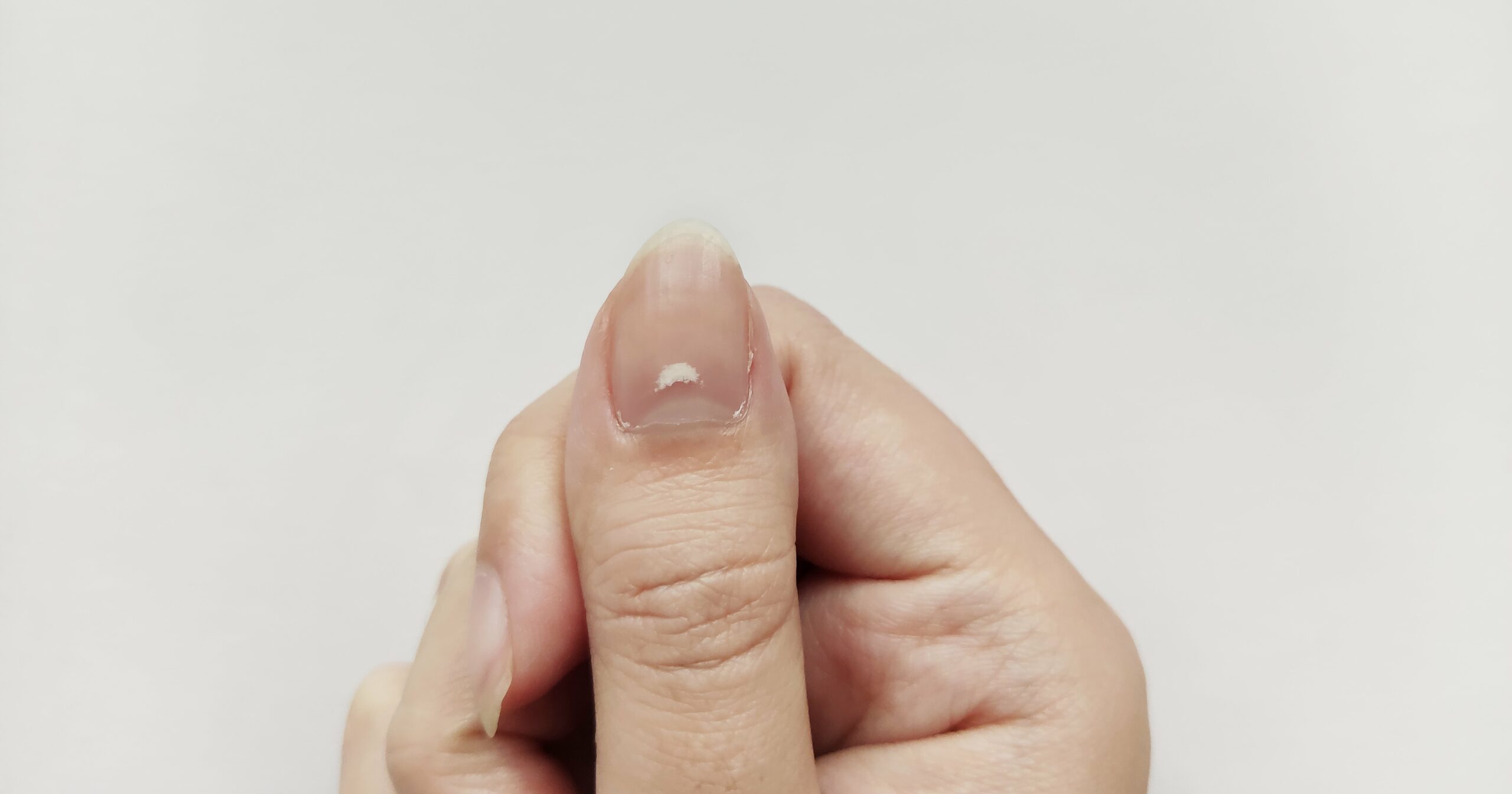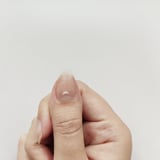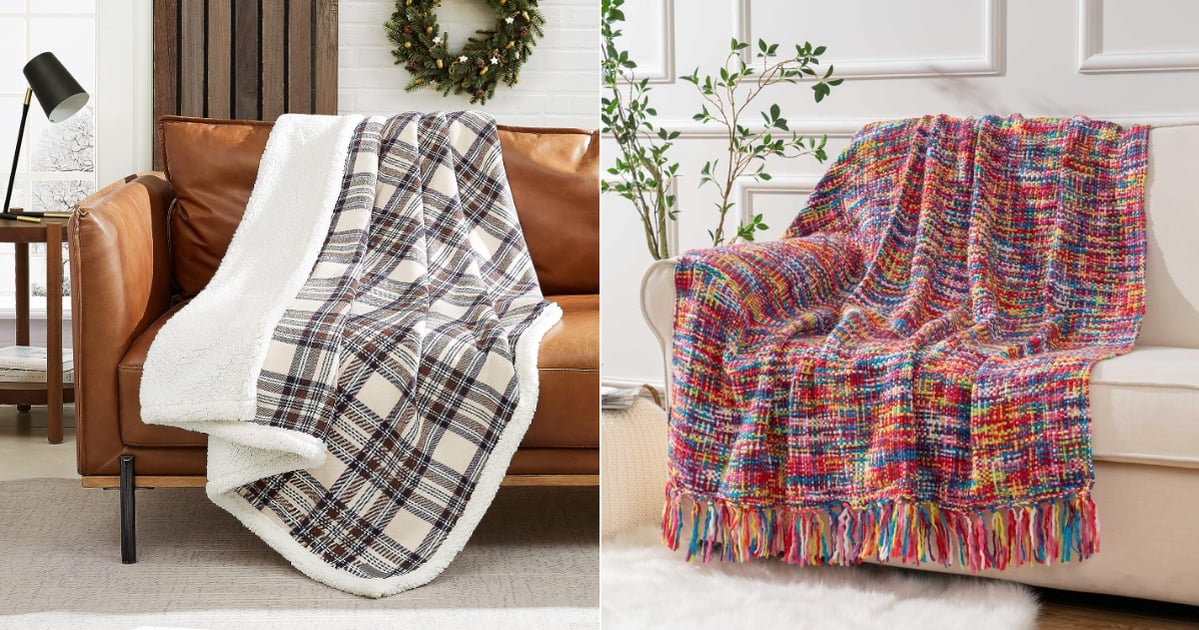Although you might not be aware of it, the condition of your nails can be an indicator of your general health. Any nail abnormalities, such as sudden color changes or intense breakage, can sometimes suggest a more serious underlying health issue. If you have white spots on your fingernails or toenails, you might be wondering why, and whether or not it’s a cause for concern.
Healthy fingernails are typically a light, flesh-toned color that’s consistent throughout the nail, and they are free of grooves, indentations, and any spots or marks. However, if you have experienced white spots on your nails – as many people do at some point, usually after removing nail polish after long periods of time – the good news is that the condition is generally pretty harmless.
We consulted with Anar Mikailov, MD, board-certified dermatologist, to explain everything you need to know about those white spots on your nails. Keep reading to find out what causes white spots on nails, how to treat or prevet them, and more.
Experts Featured in This Article
Anar Mikailov, MD, is a board-certified dermatologist and founder of KP Away, as well as the co-founder of Skintensive.
What Are the White Spots on My Nails?
Leukonychia, the condition when the nails are all or partially white, can be broken into three main types. “True leukonychia is where the nail plate itself is white or partially white,” Mikailov says. “Apparent leukonychia is when the nail plate appears white due to the change of the nail bed, and Pseudoleukonychia is when the nail plate has white areas due to outside factors.”
What Causes White Spots on Nails?
There are many different things that can cause white spots on nails, including certain medicines, such as chemotherapy medications to treat cancer. Occasionally, mineral deficiencies, such as calcium or zinc deficiencies, can cause white spots on nails. Some allergies, such as an allergy to nail polish, can cause white spots, and even some chemicals used during gel or acrylic manicures can cause white spots.
True leukonychia and apparent leukonychia can be signs of more serious health issues. True leukonychia is typically due to major changes, such as psoriasis, infection, heart failure, or arsenic poisoning. Apparent leukonychia can be caused by kidney failure, liver failure, diabetes, or anemia.
Pseudoleukonychia, however, is more common and usually fairly harmless. It can be caused by a nail fungus, nail polish changes, or damage or injury to the nail bed. Something as simple as an aggressive manicure or hitting your hand on a door can cause trauma to the nail which can lead to white spots. It’s always best to check with your doctor if you have any reason to believe these are potential causes.
Can You Prevent White Spots on Nails?
Because those white spots on nails are most often caused by damage or injury to the nail bed, you could try being more careful with your nails, eliminating nail-biting, and asking nail technicians to be gentle when receiving manicures.
Otherwise, you’ll want to continue taking care of your general health to avoid developing more serious health issues such as diabetes, liver failure, or kidney failure. If you do that, “You should not develop leukonychia, but often we will not know that we have one of the above problems until after the white nails are noted,” Mikailov says.
Since sometimes the spots can be a result of calcium deficiencies, be sure to check with your doctor in case you can add a supplement to your daily routine.
How to Get Rid of White Spots on Nails
Whether or not you can get rid of the white spots on your nails will depend on what caused them in the first place. If you’re looking to cover up the white marks caused by pseudoleukonychia on your nails in a pinch, you could try painting over them with polish, otherwise, you’ll need to wait for your nails to grow out. If the white spots are caused by a fungal infection, using an anti-fungal product such as Orly Fungus MD Serum ($15) could help. If the white spots are caused by an underlying issue or chronic condition, getting rid of them will be difficult, and you should consult your doctor.
Renee Rodriguez (she/her) is a staff writer and social producer for PS. She writes across all verticals, but her main areas of expertise focus on fashion and beauty content with an emphasis on reviews and editor experiments. She also produces social content for the PS TikTok and Instagram accounts.




